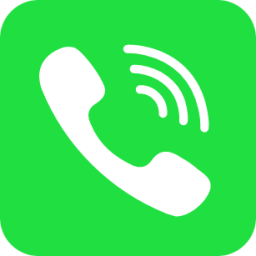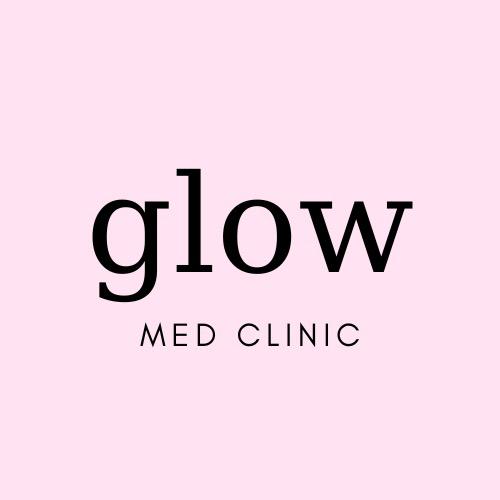Most individuals encounter minimal or no negative reactions post-laser hair removal treatment, with some experiencing slight sensitivity. Adhering to best practices guarantees safe and low-risk outcomes. Following the procedure, patients may experience a sunburn-like sensation for a few hours. Hair doesn’t immediately fall out during treatment but sheds over a few weeks. Thus, patients must observe proper aftercare instructions to achieve optimal results.
- To prevent complications and promote successful hair removal, it is crucial to shield the treated skin from direct sunlight after the procedure. For approximately 7-10 days, avoid direct sun exposure and apply sunscreen diligently. Opt for sunscreen with an SPF of 30 or 50 whenever you cannot avoid sun exposure. Ultraviolet (UV) rays can irritate the treated area and potentially interfere with the hair removal process.
- Following laser hair removal, patients may experience slight discomfort resembling a mild sunburn, along with redness and swelling in the treated area. To alleviate these symptoms, applying ice packs can provide relief by soothing the skin and reducing pain and discomfort.
- To safeguard the skin and prevent potential harm, it is advisable to refrain from using topical tanning products for 7-10 days after laser hair removal. These products contain chemicals that can be detrimental to the skin, potentially exacerbating any damage caused by the laser treatment.
- Exposing the treated skin to hot water, such as in a hot bath, can result in burns and potential blistering. To ensure the well-being of the skin following laser treatment, it is recommended to take cool showers during the summer season. In winter, it is advisable to opt for lukewarm showers for the initial week after the procedure.
- After the procedure, avoid heat exposure for 1-2 days. This includes hot showers, sunbathing, hot environments, steam rooms, and exercise. Heat can alter skin texture, cause irritation, infections, and color changes. Avoid tanning beds to prevent scarring or pigmentation changes. Physical activity may provoke discomfort in the treated area.
- After undergoing laser hair removal, the skin may experience excessive dryness. To ensure proper healing and prevent clogged pores, the patient needs to apply a gentle, non-comedogenic moisturizer.
- Following the session, individuals are permitted to continue shaving to manage hair growth. However, it is crucial to refrain from plucking, waxing, or threading as methods of hair removal between treatments.
- To reduce the chances of ingrown hair, it is recommended to gently exfoliate the treated area 2-4 times using a washcloth and scrub wash. By assembling the washcloth and scrub wash, you can simply wipe the treated area in a circular motion. This process will speed up the shedding of dead skin cells and prepare the skin for the next laser session.
- After laser hair removal, avoid retinoids for one week. Use a gentle cleanser and moisturizer to soothe sensitive skin. Avoid harsh beauty products that can irritate the skin during healing.
- Avoid undergoing chemical peels, microdermabrasion, skin resurfacing, or dermal fillers between laser hair removal sessions. Refrain from using perfumes or deodorants for 2-3 days post-treatment, as they can irritate the skin. Harsh soaps and shaving gels may dry out the skin, so apply moisturizer after the session.
By following these dos and don’ts, your recovery after laser hair treatment will be perfect. For more details, you should consult your laser hair removal expert in Richmond Hill.










